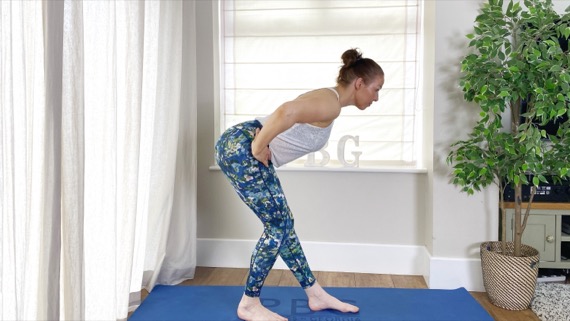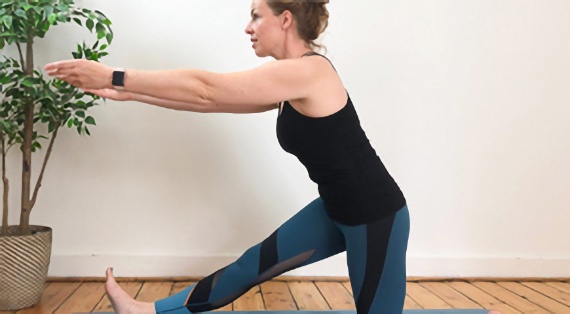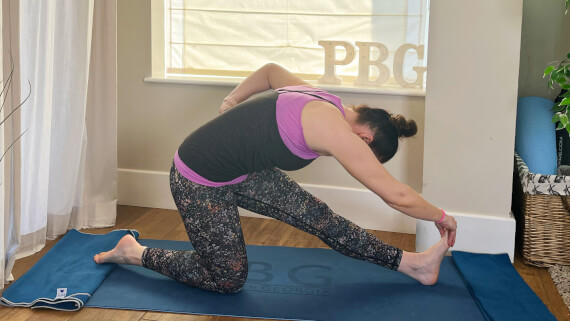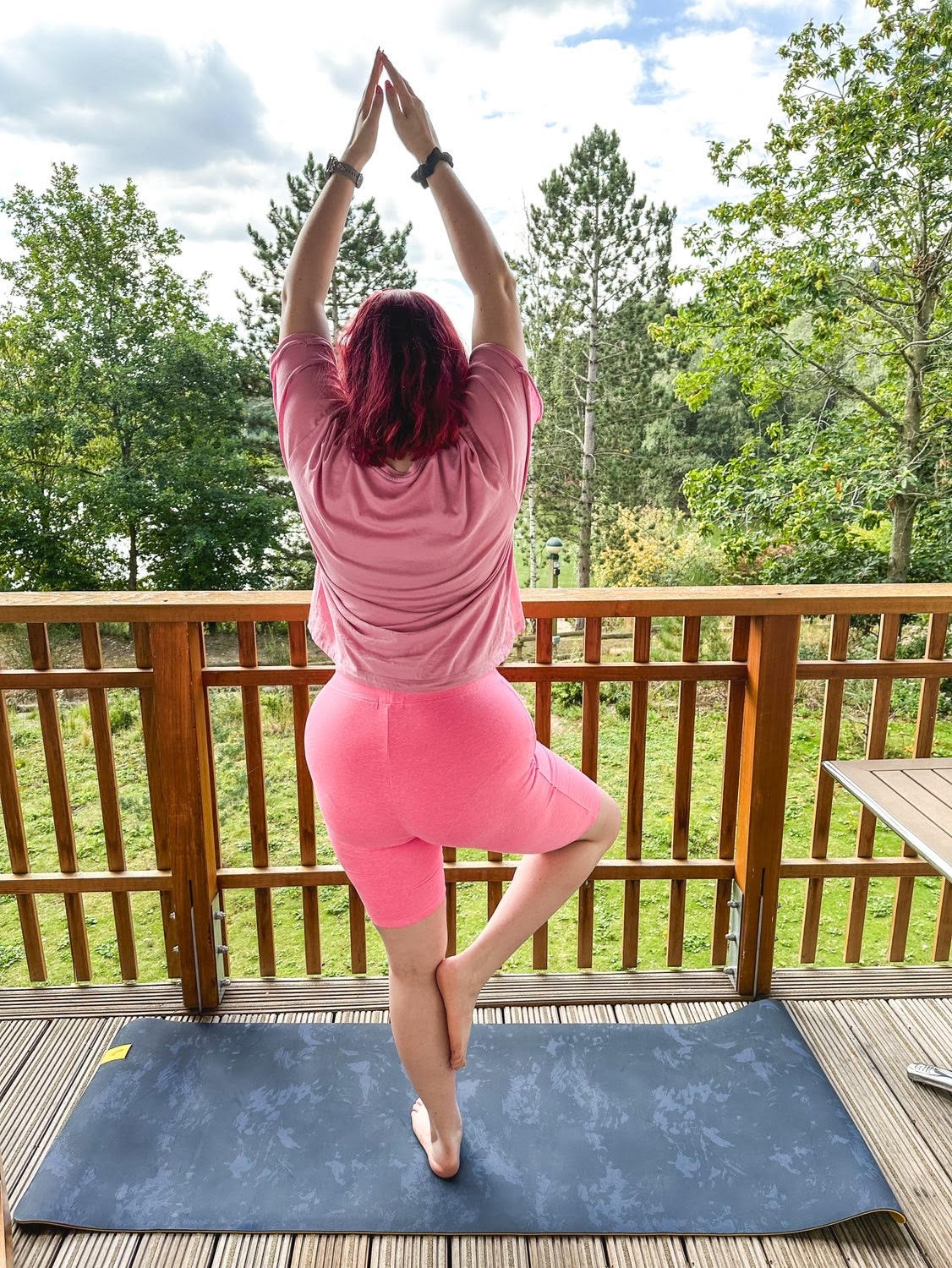Hamstring Pain
Hamstring Injuries
A hamstring injury occurs when you strain or pull one of your hamstring muscles — the group of three muscles that run along the back of your thigh. The three hamstrings control movement at two big joints, the hip and the knee, and we know that muscles that have to work this way, simultaneously controlling movement at two joints are more at risk of injury.
The hamstrings usually tear at their weakest point at the junction where the muscle belly changes into the tendon, and it's usually the biceps femoris muscle (the hamstring down the outside of your leg) that this occurs in, but they can tear in other areas and in any of the other hamstring muscles.
Muscular injuries are usually graded depending on their severity.
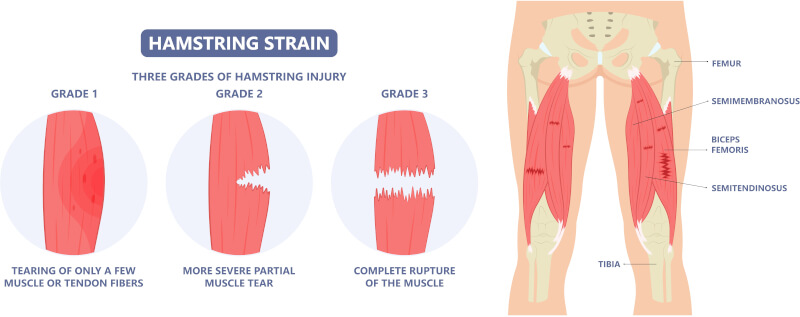
- Grade 1: A mild muscle pull or strain - recovery 2-4 weeks.
- Grade 2: A partial muscle tear - recovery 4-12 weeks.
- Grade 3: A complete muscle tear - will require surgery and up to 6months of rehabilitation.
All about Hamstring Pain
Causes of Hamstring Strains and Tears
Most hamstring tears happen when the muscles are overstretched and overloaded. Lots of factors make hamstring tears more likely, including:
- Muscle tightness
- Muscle weakness
- Older age
- Younger age, when muscles are still developing
- Poor conditioning or improper training
- Muscle strength imbalance
Tears are also more common among people who put a lot of repetitive strain on their legs, like runners, dancers, and those who play football etc.
Pain in the hamstring region can originate from your lower back, sacroiliac joints, or buttocks. This type of referred pain usually has a gradual onset pain at the back of your thigh with pain that is often less severe than a hamstring strain, although you may feel occasional acute 'twinges'.
Symptoms of Hamstring Pain
- Sharp pain: Sharp, acute pain in the back of the thigh or underneath the buttocks, usually preceded by a "snapping" or "popping" sound at the moment of injury.
- Swelling and bruising: Swelling can become apparent within a few hours of the injury, while it might take a couple of days for bruises to appear.
- Leg weakness: Your hamstrings are responsible for the movements of your hips and knees when you walk, run, squat, or bend. Most people who have a torn hamstring find their leg feels weak during any of these movements.
- Problems bearing weight: As well as weakness some feel it is hard and painful to bear weight on the leg and feel it will buckle or give way.
Hamstring Treatment and Pain Relief
RICE
- Rest: Stop running, exercising etc.
- Ice: Apply a covered ice pack to the injury for up to 20 minutes every 2 to 3 hours. Do this for at least 3 days and ideally up to a week.
- Compress: Compress with either cycle compression shorts or Tubigrip.
- Elevate: Elevation above the level of the heart reduces inflammation.
In the early phase - don’t overstretch - you need to allow the body time to create and heal the scar tissue.
Do watch the PBG information class on Hamstring pain and then try the QuickFix exercise class to learn how to safely mobilise and lengthen the area of discomfort. The classes are great for all strains, but for muscle tears ensure you allow time to heal the tear first before stretching; this will be three weeks post injury.
Free Class: Quick Fix for Hamstring Pain
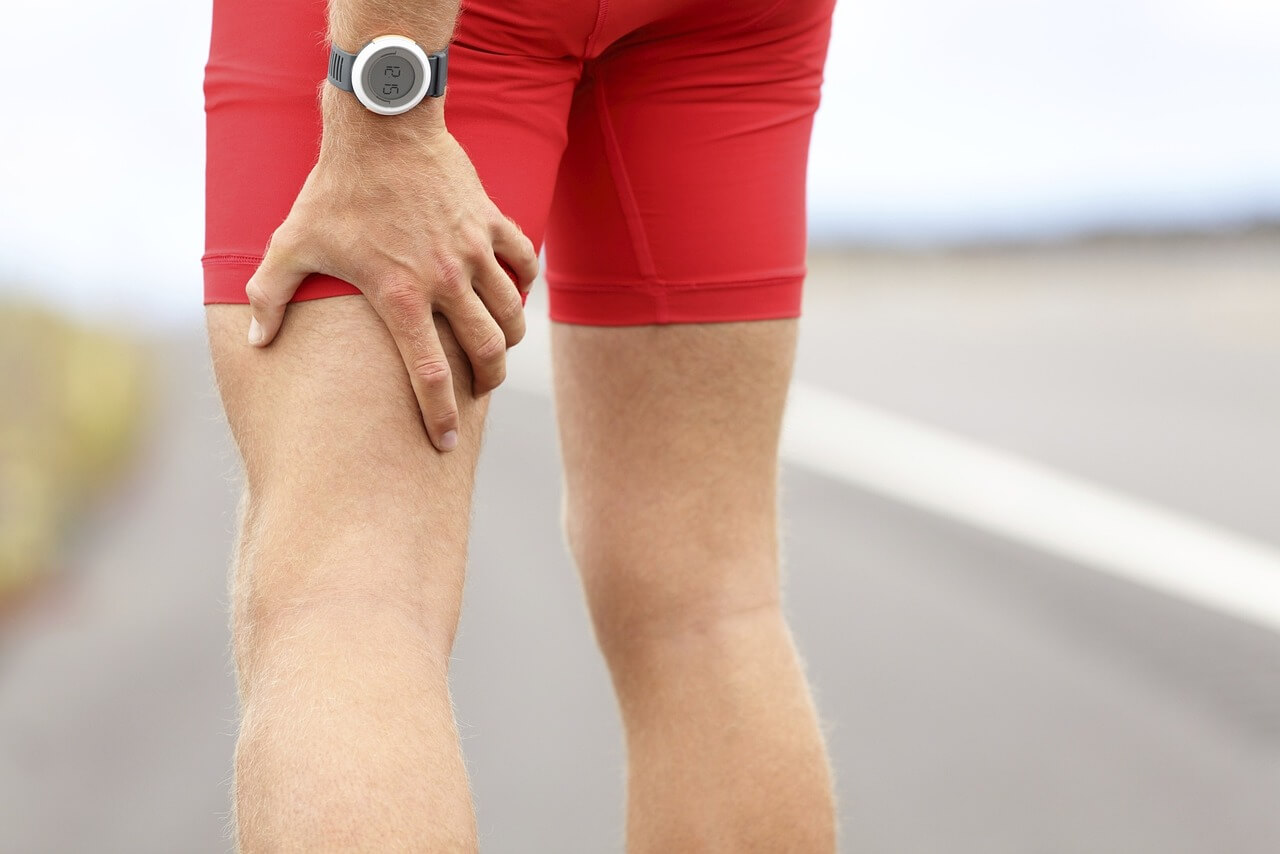
 Physio Tip!
Physio Tip!
Allow sufficient time to heal your injury - those not treated properly may result in recurring strains.
For long term prevention, warm up well EVERY time you do exercise, and keep flexible too!
Alert!
Contact your healthcare provider if:
- The injury is severe; you heard a crack and can't bear weight on the leg
- Your symptoms worsen
- Your injury isn't healing
- You have sudden tingling or numbness in your leg
- The swelling suddenly gets worse.
